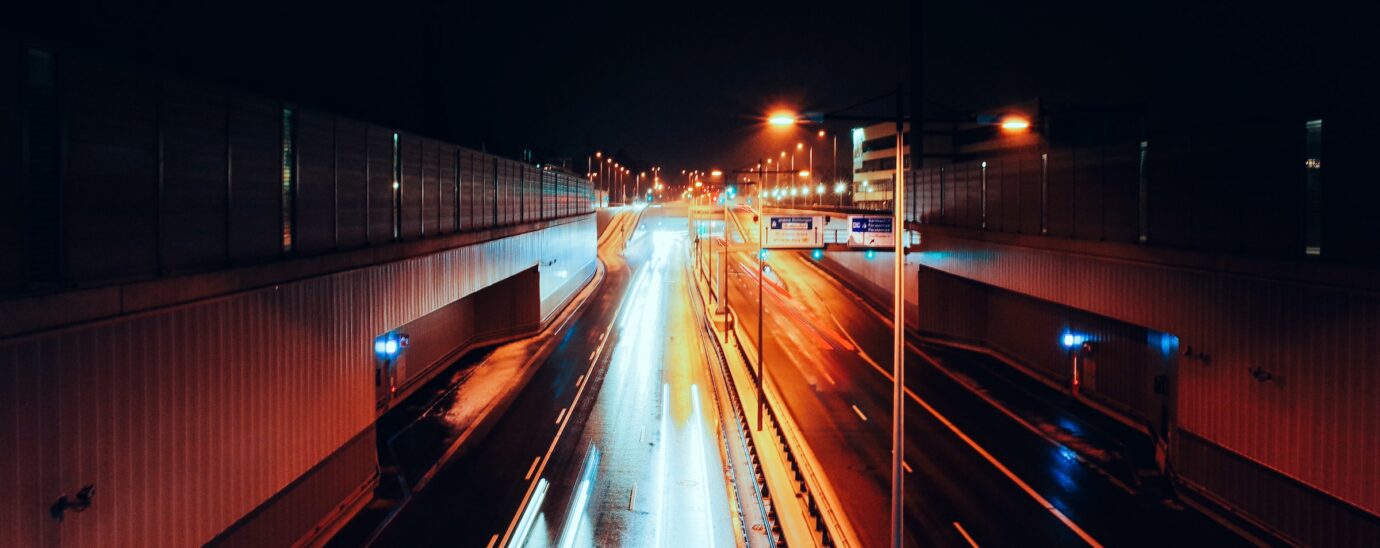Designing sustainable IT infrastructure for transport.

Sustainability is now a non-negotiable across the globe. Specifically, reducing emissions is an imminent priority in the transport sector. However, for operations to be truly sustainable, organisations must look beyond the obvious. Emissions are not the only element that must be tackled in transport. Transport operators need to assess every stage of their operations and consider what else can be made more sustainable. Only then can you progress towards sustainable, secure, efficient, and green processes.
Designing with green in mind
A digital transformation is hailed for its efficiency, cost-savings, and comprehensive business benefits. But perhaps sometimes overlooked, are the benefits to the environment. No matter if it’s a railway, air transport, intelligent transport system (ITS), or seaport, there is no doubt that technology underpins your organisation. However, IT systems are not always efficient or, ultimately, green. By assessing your technologies with carbon impact in mind, you can design your green transport from the ground up.
Rather than considering direct emissions, which occur when we’re flying, travelling by train, or transporting goods, for example, review how else your operations are impacting our world. Put simply, emissions occurring before, during, and after transportation deployment will all have an impact on your carbon footprint – it’s essential not to forget that. If you deploy efficient IT and OT systems you can reduce your carbon footprint throughout your entire journey. Of course, it’s tempting to deploy the latest technology ad-hoc; however, you must carefully evaluate your objectives. If you add systems in silos, you won’t be able to achieve your end goal. Approaching new technology with a holistic perspective will enable you to truly work towards a greener future.
How to create a holistic green approach
So, what does a digital transformation, designed from the ground-up, look like?
Reducing Hardware
Assess the hardware you currently use and whether you can reorganise it. Review the protocol you are using, pick modern and simple ones, adapt your network, whether it be in the IT or in the OT world, make them converged, and simplify the overall architecture. It will require fewer network elements and fewer layers of network to connect everything. As well as this, modernising and moving to new hardware will result in a smaller form factor, and will be less energy-intensive.
Consider whether you can densify your operations. Perhaps in a port, you can reduce the materials you are using and, therefore, space requirements. The more efficient and streamlined your operations, the more sustainable you can be.
